
The Art of Embodied Organizational/Corporate Development (AEOD)
It is imperative to bring the Practice of Expressive Movement and Dance Therapy to the forefront of organizations/corporations where it has a direct impact on the overall organization’s success and its community’s wellbeing. The Art of Embodied Organizational/Corporate Development (AEOD) Program is designed precisely to do that!
This program is designed for students to learn how the practice of Expressive Movement and Dance Therapy in conjunction with the practice and science of Industrial/Organizational Psychology (workplace psychology) is applied at all levels of organizations to facilitate not only the organizations’ community wellbeing and growth but also the organization’s overall success – structural, psychological, physical, and financial success!
Focus of this training program is inclusive of application of Dance Therapy and Expressive movement at every level of the organization/corporation: mission, vision, strategy, infrastructure, work processes, work design, workflow, team structure, leadership style(s), motivational pipelines and systems, etc.
Total Training Program Hours: 200hrs
5 Modules:
- Module 1: Exposure
- Module 2: Immerse
- Module 3: Deepen
- Module 4: Integration
- Module 5: Project & Supervision
For who?
Corporate Coaches, Consultants, Dance Therapists, and Expressive movement Practitioners/Therapists, and Expressive Arts Therapists/Practitioners.
Program Overview
Module One (40hrs): Exposure
Provide introduction to relevant theories of expressive movement and dance therapy, organizational/workplace psychology. This will be followed by how these are applied at various levels and area within organizational to forward the organizations’ and its community (work-force) well-being.
Students will become familiar with key concepts of expressive movement and dance therapy such as:
- Role of the human body and movement in organizations
- What is embodiment
- Embodied experience and learning
- Body and movement sensing
- Difference between movement, kinesthetic and somatic awareness
- Introduction to how expressive movement and dance therapy encapsulate emotional, cognitive, and kinesthetic intelligence.
- Role of assessments
Students will gain an introductory understanding of how work place psychology informed expressive movement and dance therapy fits into every level of:
- Organizational Design
- Organizational structure and infrastructure
- Organizational Culture and Personal Culture
- Structure of Power Distance (internal and external)
- Team structure
- Leadership Acceptability, Style(s) “fit”
Students will be introduced to the difference between coaching, consulting, therapy and ethical consideration. This introductory course will provide a foundation that prepares student for advanced level course work.

Module Two (40hrs): Immerse
This module will build further on module one. Students will get a bit deeper understanding of the field of organizational and workplace psychology and expressive movement and dance therapy theories. Students will also gain a deeper understanding of the difference between coaching, consulting, and therapy.
Students will gain deeper understanding and hand on experience with relevant expressive movement and dance therapy concepts to learn how:
- Human body and movement fits into organizations
- The process of embodiment is applied at different levels and areas of the organization
- The embodied experience and learning is effectively utilized to forward organizational goals, objectives, and leadership acceptability and trust
- Body and movement sensing is applied at different levels and areas of the organizations to create a safe space including in workflows and processes.
- To differentiate between body language and body movement
In this module, students will be introduced to assessment approaches (movement, body, kinesthetic, emotional). Students will also be introduced to how expressive movement and dance therapy encapsulate emotional, cognitive, and kinesthetic intelligence.
In conjunction, students will gain a deeper understanding into the role of expressive movement and dance therapy in organizational:
- Design and structure
- Infrastructure
- Leadership decision and styles
- Power structure
- Team structure and efficiency
- Workflows and processes
Students will be learning practical “hands-on” skills on how to clearly connect at various levels of organizations and effectively apply key concepts of expressive movement and dance therapy to facilitate organizations’ community wellbeing and growth.

Module Three (40hrs): Deepen
This module builds on the learnings on modules one and two.
In module three, students will gain further insight into the theories of expressive movement and dance therapy and will begin to formulate their own program strategy.
Students will learn application of expressive movement and dance therapy within the frame work of organizational effectiveness/development and leadership development, consulting and coaching.
At the same time, students will learn the ethics involved in practicing as a coach, consultant, and therapist.
Students will learn how to clearly identify and connect at all levels of organizations and effectively apply key concepts of expressive movement and dance therapy to facilitate organizations’ community wellbeing and growth.
Students will further learn practical application of expressive movement and dance therapy theory/practice informed emotional, cognitive, and kinesthetic intelligence.
More specifically, how expressive movement and dance therapy is used to:
- Create and improve work teams structure and connection with the organization and / or department mission, vision, strategy, and goals.
- Forward, improve, change overall organizational:
- design and structure;
- community wellbeing; and
- financial wellbeing.
- Establish goal based organizational inter / intra-connections which forward:
- empowered work;
- creation of safe spaces; and
- learn to leverage embodied motivation strategies.
- Create, improve, and change leadership:
- acceptability; and
- contextually informed leader development.
Students will learn applicable communication and process flow theories and there integration with the theories and practice of expressive movement and dance therapy.

Module Four (40hrs): Integration
This module builds on the learning from modules one, two, and three.
In module four, students will get more hands on skills in integrating and applying theories of expressive movement and dance therapy and organizational / work place psychology.
Students will further learn how to apply theories/practice of expressive movement and dance therapy to:
- Create customized training during challenging time of change i.e. Change Management and times of uncertainty.
- Conduct needs analysis on current and future state of work place motivation and offer methods to bridge the gaps that improve work and organizational commitment.
- Understand organizational power structure, decision influence, and organizational politics and there alignment with the theories and practice of expressive movement and dance therapy.
When applicable, students will be asked to apply what they have learned in module one-three at their place of work with supervision and guidance from the course instructor (Malini Nagpal).
We will get deeper into ethical issues of working as a coach and consultant vs. therapist:
- How to manage therapy related issues when working as an organizational expressive movement and dance therapist.
- The difference between being a coach, consultant, and therapist for the organization and a facilitator for the workforce community.
- How to identify and effectively manage transference and counter-transference
Students will also begin to learn:
- How to set clear goal for the project.
- How to create a clear and concise consulting agreement.

Module Five (40hrs): Project & Supervision
This module builds on the learnings from modules one through four.
After successful completion of modules one through 5, students will earn a certificate of completion that represents that they are successfully prepared and ready to implement the theories and practice of “The Art of Embodied Organizational/Corporate Development.”
In module five, under the supervision of the instructor (Malini Nagpal), students will be assigned a hands-on project and/or an intensive experiential to complete.
The goal of the project is to instill independence and confidence in the students whereby they can begin to reach out to organizations/corporations to market their own programs and sessions.
Students will learn:
- How to effective implement the integration of applicable theories and practices of expressive movement and dance therapy with the theories and practice of organizational/workplace psychology.
- How to decipher which theory and practice is the best to apply (taking into consideration context of the organization, the workforce, culture, etc.)
- Their own working strengths and weaknesses
- How to create a program around their strengths
- How to market
- How to effectively identify their unique competitive differentiator (competitive edge)
- How to implement program
- How to develop measurements that effectively gauge the success of the program

This is a one of a kind program that places Expressive Movement and Dance Therapy at all levels of the organization/corporation – Where it belongs; in the forefront!
Course Schedule
Module 1: May 15 – June 18, 2022
- Every Saturday and Sunday mornings (Beijing Time)
- Online (Zoom)
Module 2: September, 2022
- Course format will be decided later
Module 3/4/5: complete in 2023
Tuition
Cohort 1 special price
Module 1 (40 hrs online format): 1,000 USD, early bird 600 USD (April 1, 2022). Limited seats available, register ASAP. Contact education@inspirees.com for application form.

About the Faculty
Primary/Principle Instructor/Trainer
Malini Nagpal, BC-DMT, Ph.D.
- Board Certified Dance/Movement Therapist (BC-DMT)
- Industrial Organizational Psychologist (Ph.D.)

Since the early 90’s Dr. Nagpal has been coaching organizational and individual clients to refine their body communication to achieve more effective leadership, organizational community wellbeing, power, and professional success. As a Board Certified – Dance/Movement Therapist (BC-DMT) and with a Ph.D. in Industrial/Organizational (I/O) Psychology, Dr. Nagpal views her work in the area of body communication as a science that can create optimum levels of organizational, professional, and personal success.
Dr. Nagpal has created Aorist Speak© approach and training materials to train actors, attorney groups, sales/marketing teams, health care professionals, senior leaders / teams, and organizations in various industries to achieve success through more effective communication. Aorist Speak© is an approach whereby the practice and science of Industrial/Organizational (workplace) and social psychology informed practice of ‘Organizational Dance Therapy’ is offered and implemented at all levels of organizations to facilitate the organizations’ community wellbeing and growth.
Dr. Nagpal’s work has been presented at international conferences such as, Society of Industrial/Organizational Psychology (SIOP), Association for Psychological Sciences (APS), Creative Movement Therapy Association of India (CMTAI), at various universities (LMU, UCLA, UC Berkeley, etc.), and much more.
Guest Lecturers:
 Karen Bradley, CMA, President, Laban/Bartenieff Institute of Movement Studies (LIMS)
Karen Bradley, CMA, President, Laban/Bartenieff Institute of Movement Studies (LIMS)
 Joan Wittig, BC-DMT, Professor, Pratt Institute; Inspirees DMT Program Director
Joan Wittig, BC-DMT, Professor, Pratt Institute; Inspirees DMT Program Director
 Andrea Schlaerth, PhD, Clinical Assistant Professor, Loyola Marymount University, USA
Andrea Schlaerth, PhD, Clinical Assistant Professor, Loyola Marymount University, USA
Other Social Psychologists, Corporate coaches (details coming soon)
]]>
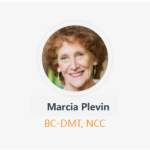
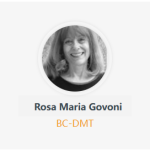
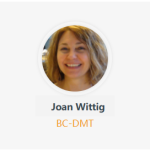





















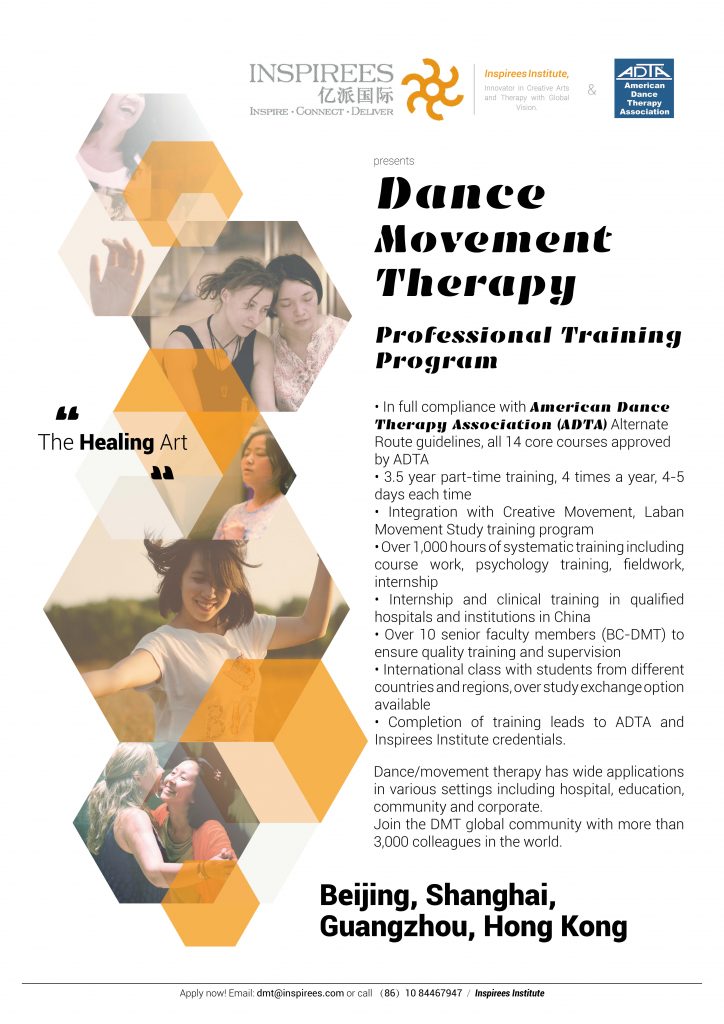

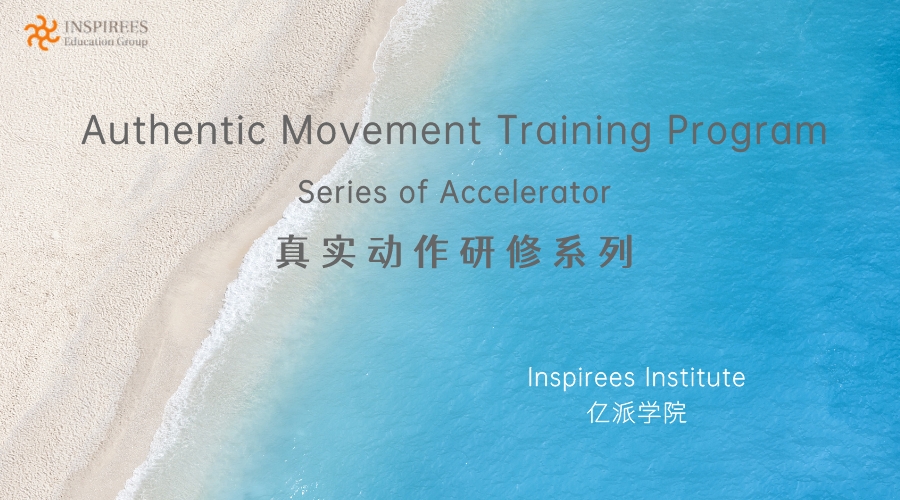
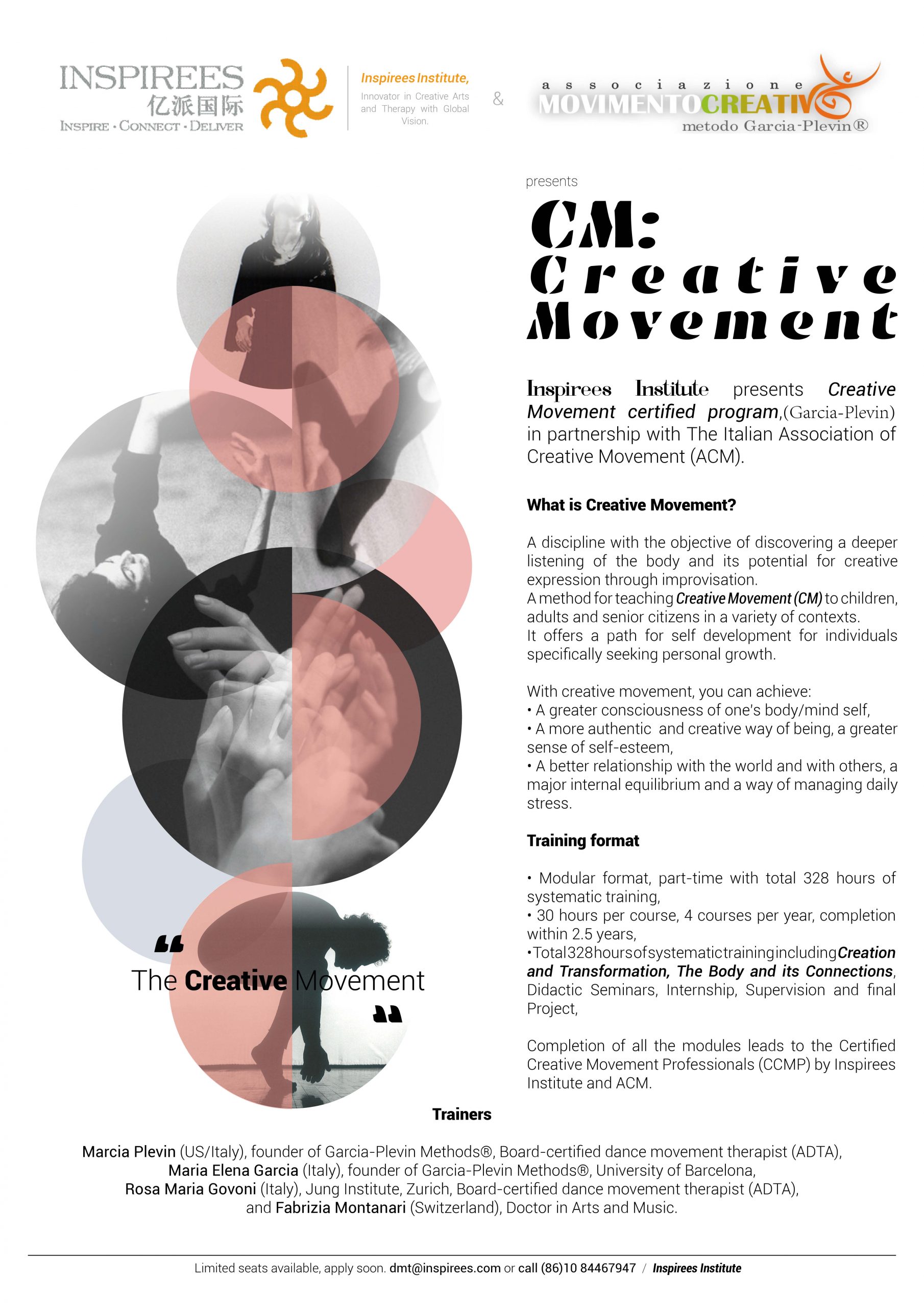








 Karen Bradley
Karen Bradley Joan Wittig
Joan Wittig
